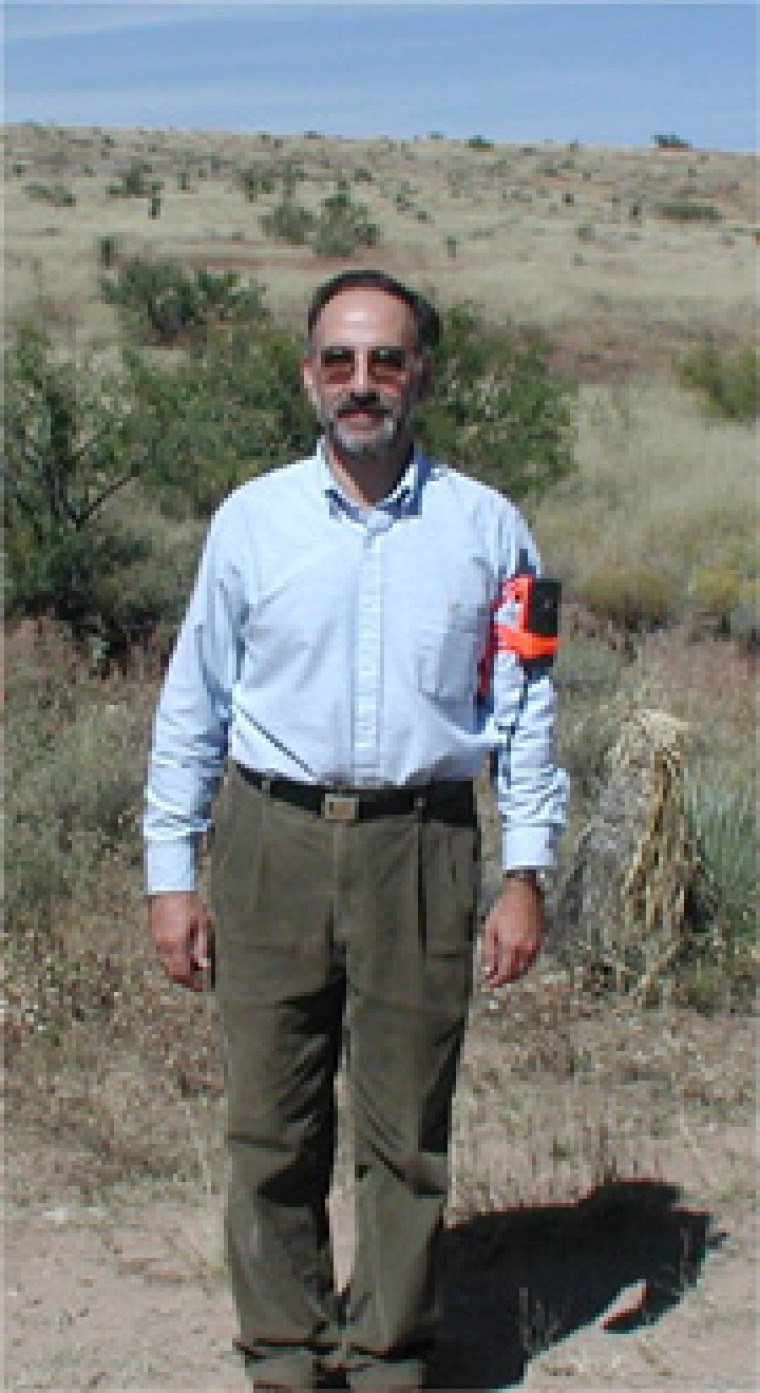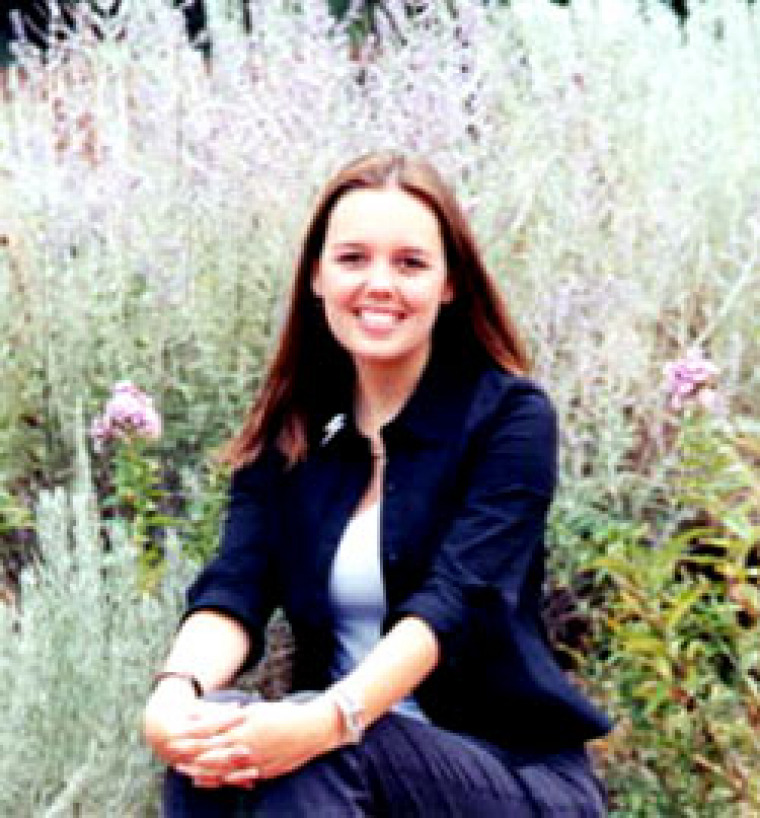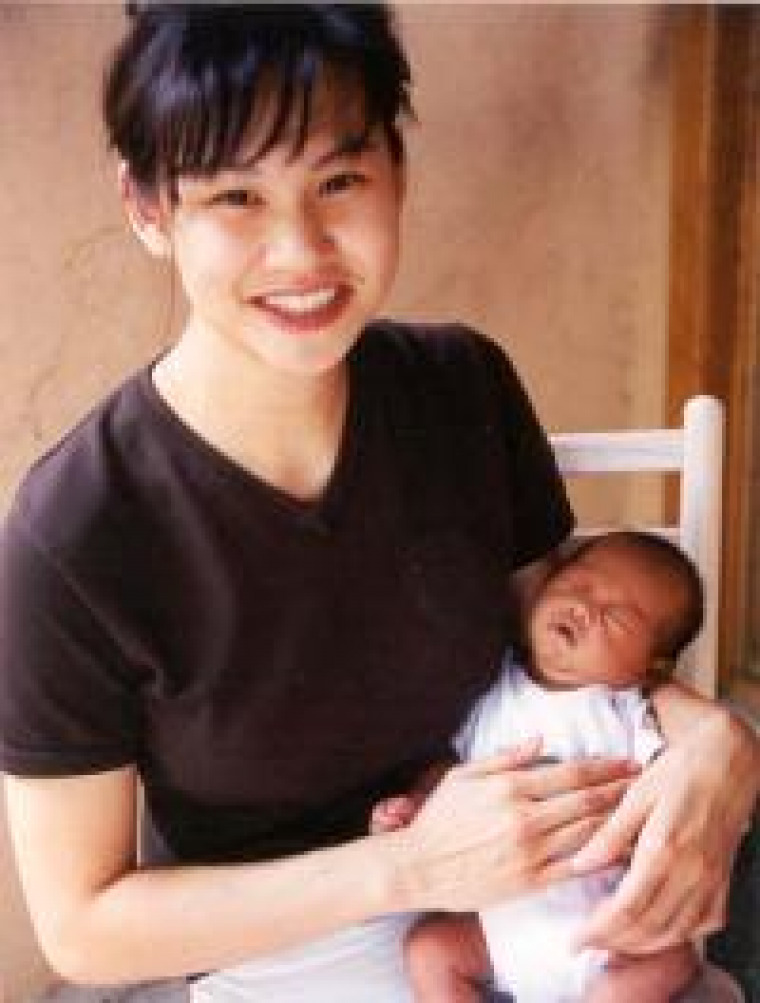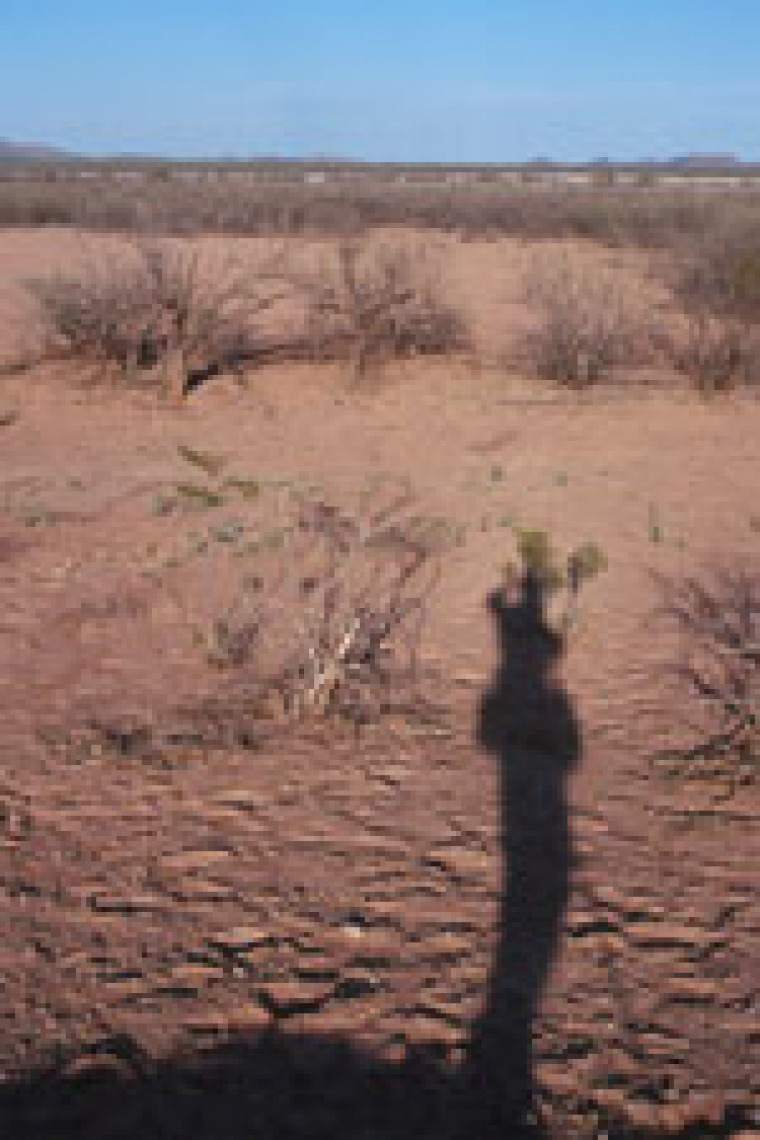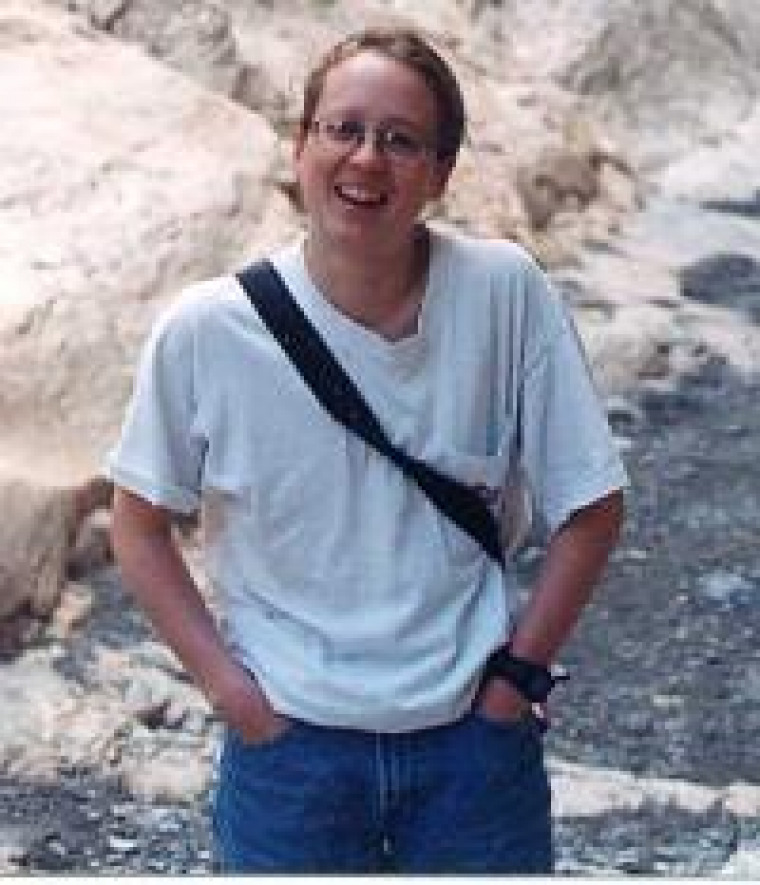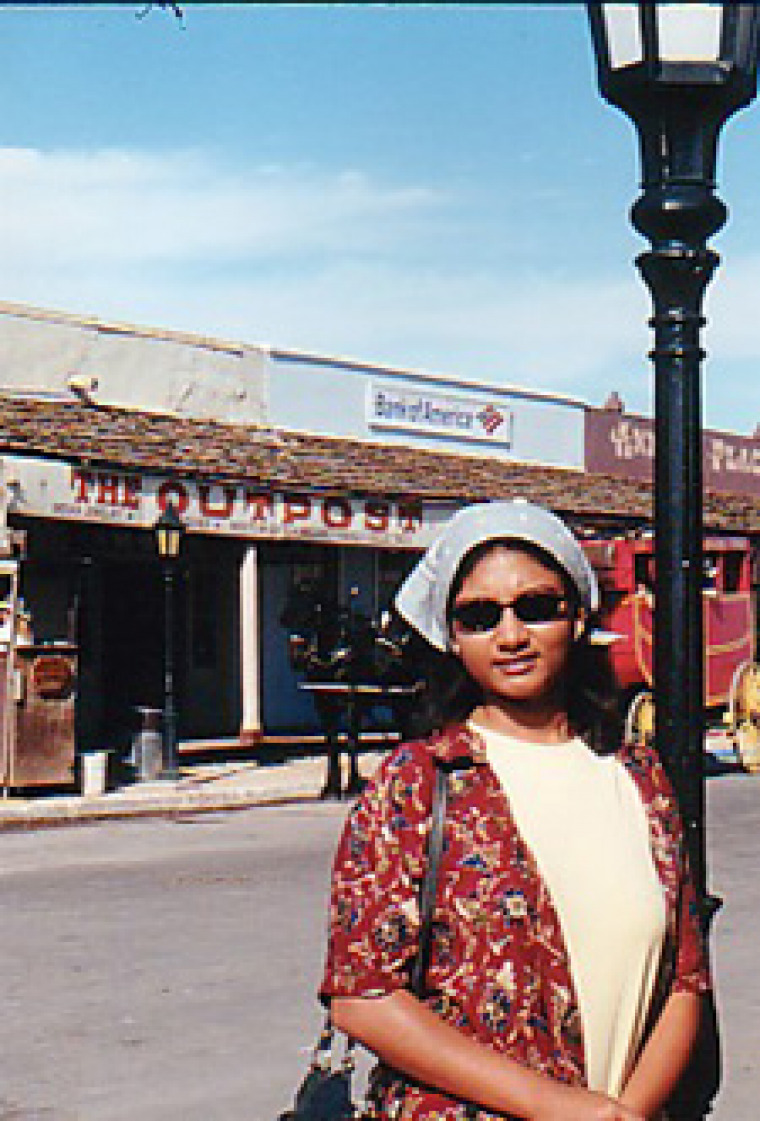Kyle Blasch
Kyle Blasch, co-sponsored by Geoscience and the USGS
The goal of this outreach program is to emphasize the benefits of integrated natural, global, and space sciences and how we currently observe and manage our planet Earth. The outreach program I propose targets patrons of all ages of the Coronado National Forest. Mt. Lemmon and Sabino Canyon, located within the Santa Catalina Ranger District of the Coronado National Forest, offer a spectacular glimpse of the sky island ecosystems characteristic of the Southwest. Each year approximately 500,000 patrons enter the boundaries of the Forest to take part in a variety of activities, soaking in the richness and beauty of these environments. Many of these patrons visit the park for leisure and recreational activities, but a large number (especially patrons from outside the Tucson area) visit the Forest as ecotourists. I will plan and develop multimedia presentations for the visitor centers, guided hikes, campfire and amphitheater talks, and CNF publications. I will also assist in developing exhibits for the visitor centers, future trail signs, and hands on laboratories for younger patrons. Finally, I will help develop an outreach chapter on their web page to include a list of outreach activities and a calendar of events. The content of the exhibits is targeted at hydrology, ecology, and management in the 21st century using space sciences.
The outreach program at Sabino Canyon is progressing on schedule. Accomplishments to date include the successful archiving of outreach media (slides, National Weather Service images, USGS flow data, and water quality into a digital format. A portion of this media was incorporated into a natural history and ecology presentation. Since the beginning of January the talk has been given an average two times a week to patrons of all ages. The presentation is going through a final revision with attached notes for final placement on the Sabino Canyon web site. In this form it will be available for teachers to download for class instruction.
The hydrology presentation is almost complete and will be used to educate the Friends of Sabino Canyon on March 16, 2001 who often overlap as interpretive volunteers at Sabino Canyon. A shorter watered-down version of the talk will also be used for the visitor center and placed on the website.
A short remote sensing talk is in production and upon completion of the previous talks will be finished. After talking with several volunteers it became obvious that more provocative talks are required at Canyon for frequent patrons and the Friends of Sabino Canyon. Thus we are accumulating topics such as species reintroduction, fee programs and forest funding, water resources, and forest management in an urban setting for a challenge series of lectures and discussions.
Finally, the presentations are being altered for use in field trips and campfire talks. Overall the response to the presentations has been great. Patrons from Tucson and from afar are amazed at the diversity and ecological wonders displayed by Sabino Canyon.
Fall 2001 Update
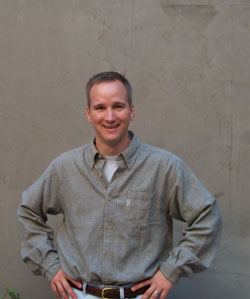 The program includes the creation of multimedia presentations for the visitor centers, guided hikes, campfire and amphitheater talks, and CNF publications. The program also will help develop exhibits for the visitor centers and trail signs when necessary. Finally, the presentations will be developed for addition to the web page.The benefits of this program are outreach opportunities for both NASA's global climate change and remote sensing programs as well as the ecological and climatological wonders of the Coronado Forest.
The program includes the creation of multimedia presentations for the visitor centers, guided hikes, campfire and amphitheater talks, and CNF publications. The program also will help develop exhibits for the visitor centers and trail signs when necessary. Finally, the presentations will be developed for addition to the web page.The benefits of this program are outreach opportunities for both NASA's global climate change and remote sensing programs as well as the ecological and climatological wonders of the Coronado Forest.
After one years time the outreach program is on track and expanding. Three visitor center presentations have been created highlighting the natural history, water resources, and remote sensing. Recently Sabino Canyon hired a new outreach representative and together we have organized a 2-hour Saturday morning hike focusing on water issues. The hikes and visitor center presentations have been announced in the local Tucson and Phoenix papers. We hope this part of the outreach program will grow. We will be adding more hikes this fall during the day when the weather is a bit more pleasant.
Usually I volunteer on Saturday, as this is the busiest day, however I have supplemented this with visits to schools and an Earth Day activity as a representative of Sabino Canyon. Currently I am designing an exhibit, which will combine the continuous stream flow measurements at Sabino Creek with a description of seasonal, historical, and monsoon flow. I am working on a cost estimate for the project and writing a proposal to solicit funds.



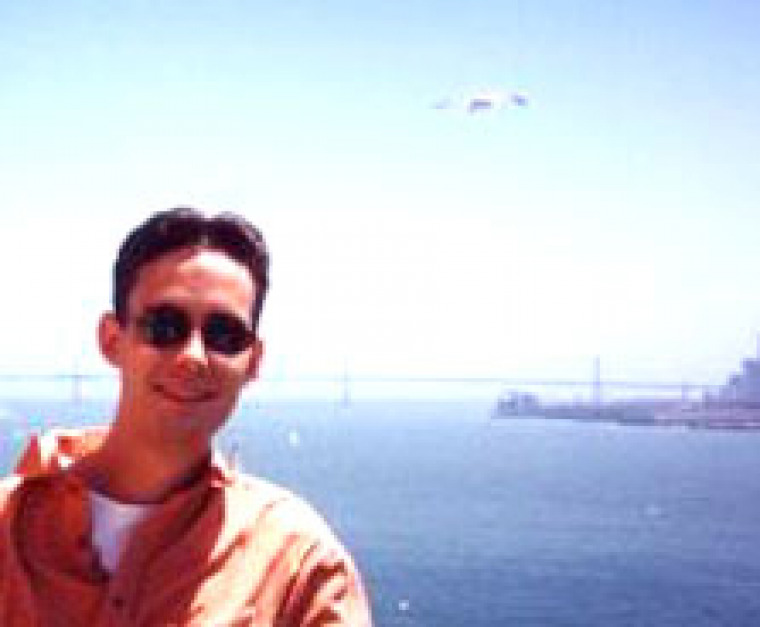
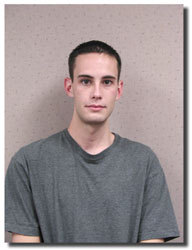 The University of Arizona
The University of Arizona 